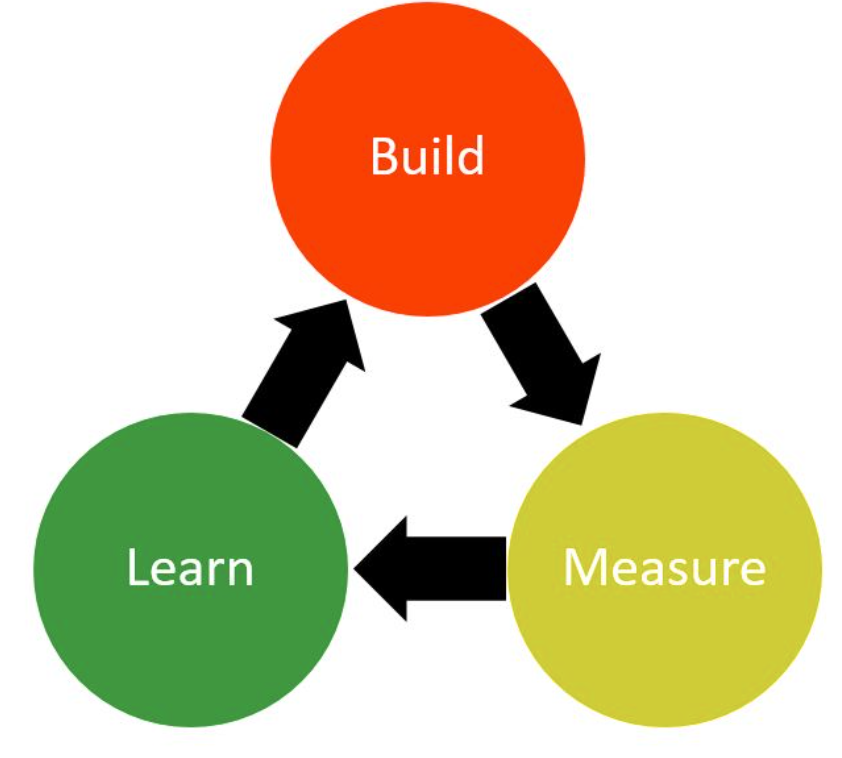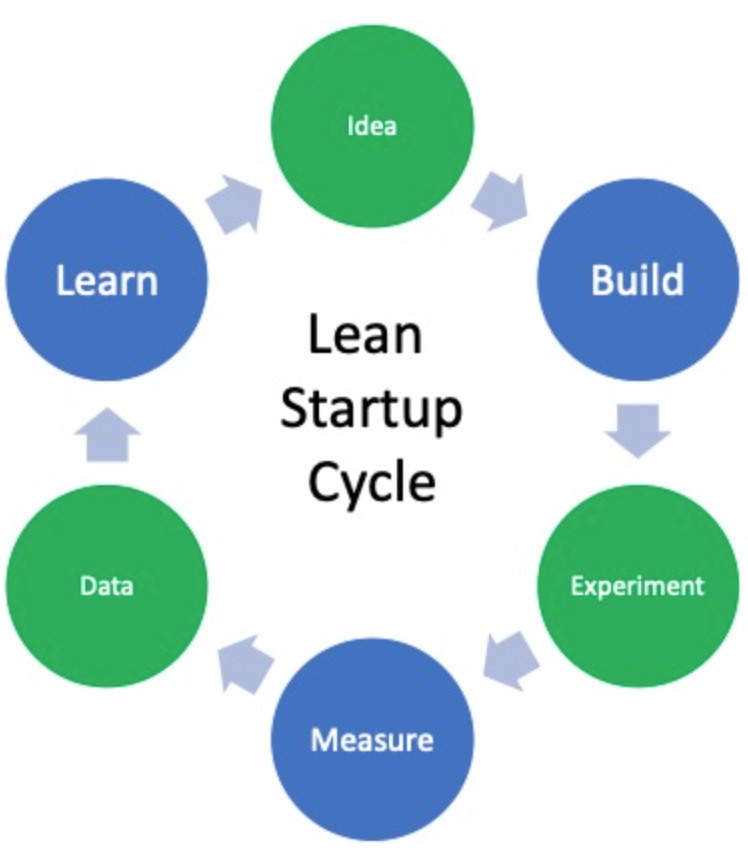Introduction
What is Lean Startup?
Lean is main mindset in SEM, The Lean Startup is a structured approach to launching new businesses or products efficiently, designed to reduce the risk of failure. This methodology treats every business or product idea as a hypothesis, which must be validated quickly through real-world experimentation. Lean Startup leverages scientific experimentation, iterative product releases, and customer feedback to create “validated learning.”
Much like lean manufacturing, the Lean Startup philosophy focuses on eliminating waste in the product development process and increasing activities that directly add value. It enables startups to achieve higher success rates without needing extensive upfront funding, detailed long-term business plans, or fully polished products. Practitioners of Lean Startup avoid developing perfect products from the outset, rigid long-term plans for uncertain markets, and untested assumptions.

Origins of Lean Startup
The term “Lean Startup” was first introduced in September 2008 by Eric Ries on his blog “Startup Lessons Learned.” Initially centered around technology startups, the Lean Startup methodology quickly expanded to any individual, team, or company interested in launching new products or services. Its global popularity significantly increased with the publication of Ries’s best-selling book, The Lean Startup: How Today’s Entrepreneurs Use Continuous Innovation to Create Radically Successful Businesses.
Lean Startup philosophy draws heavily from Lean Manufacturing, a streamlined production approach developed by Japanese automakers in the 1980s. Lean Manufacturing emphasizes eliminating wasteful practices—anything not directly creating value for customers. A well-known practice from this approach is Kanban, which involves strategically placing small inventories along production lines rather than central warehouses, thereby reducing waste and improving efficiency. Immediate quality control checkpoints detect and resolve defects early, reducing rework costs. Lean management also emphasizes maintaining close relationships with suppliers to accurately understand customer demands.
The Lean Startup Process
The Build-Measure-Learn Feedback Loop
Lean Startup integrates value discovery directly into the product development process. It begins with questions like “Who are our users?”, “What user needs should we fulfill?”, and “What solution will customers pay for?”. These initial understandings form a set of hypotheses, which are rapidly validated through product development and customer feedback, resulting in “validated learning.” The core mechanism of achieving this validated learning is the Build-Measure-Learn feedback loop, explained in four key steps:
- Create Bold Hypotheses
First, you break down your vision into a series of hypotheses. The two critical hypotheses are:
- Value Hypothesis: Tests if the product is genuinely valuable to customers.
- Growth Hypothesis: Tests if the product can achieve substantial growth quickly.
- Define and Build an MVP
Once you have clear hypotheses, you start the Build-Measure-Learn loop by defining a Minimum Viable Product (MVP). An MVP allows you to test your hypotheses quickly and inexpensively by gathering feedback from real users.
Common types of MVP include:
- Video MVP: For instance, Dropbox created a demo video illustrating its concept before building the actual product. The video quickly gained hundreds of thousands of views and tens of thousands of beta sign-ups, validating market demand before development began.
- Concierge MVP: Groupon initially started as a simple WordPress blog posting daily deals. Users purchased via email, receiving PDF vouchers. Despite this basic setup, Groupon rapidly became highly successful and later evolved into a full-fledged platform.
- Wizard of Oz MVP: Food on the Table provided personalized meal-planning services initially delivered manually by the CEO himself. As demand grew, manual services were replaced gradually with automated systems, enabling scalable growth across the U.S.
- Measure Progress
Lean Startup employs Innovation Accounting, a structured and systematic method of measurement, replacing traditional accounting practices. It involves three steps:
- Establish Baseline: Launch the MVP in a real market scenario, measuring baseline data based on actual user interactions.
- Optimize Towards Ideal State: With baseline metrics established, identify clear improvement goals. Design and conduct experiments to test hypotheses systematically, adjusting towards ideal outcomes.
- Pivot or Persevere: Analyze experimental data to determine if your current strategy is viable or if you need to pivot in a new direction.
- Accelerate the Feedback Loop
The aim is to shorten the Build-Measure-Learn cycle as much as possible, increasing the frequency of feedback and allowing quicker adjustments. Similar to lean production’s practice of small-batch production, this approach helps detect and address quality issues early, preventing costly rework. In Lean Startup, this approach quickly yields validated learning.

The Five Principles of Lean Startup in SEM
- Entrepreneurs Are Everywhere Entrepreneurs don’t need to work from garages. Entrepreneurship exists everywhere—even within established organizations. The key is to think big, start small, and scale quickly.
- Entrepreneurship is Management A startup is an institution, not merely a product, and it demands specific entrepreneurial management practices tailored to its high uncertainty environment.
- Validated Learning The purpose of a startup isn’t simply to build products, generate profits, or serve customers, but rather to learn how to create a sustainable business. Every aspect of your vision should be tested scientifically through experimentation to produce validated learning.
- Innovation Accounting To improve entrepreneurial outcomes and accountability, startups must focus on accurately measuring progress, setting clear milestones, and prioritizing tasks effectively. This demands a specialized approach to measurement known as innovation accounting.
- Build-Measure-Learn The fundamental activity of startups is converting ideas into products, measuring customer responses, and rapidly deciding how to proceed. Successful startups continuously strive to accelerate this feedback loop.